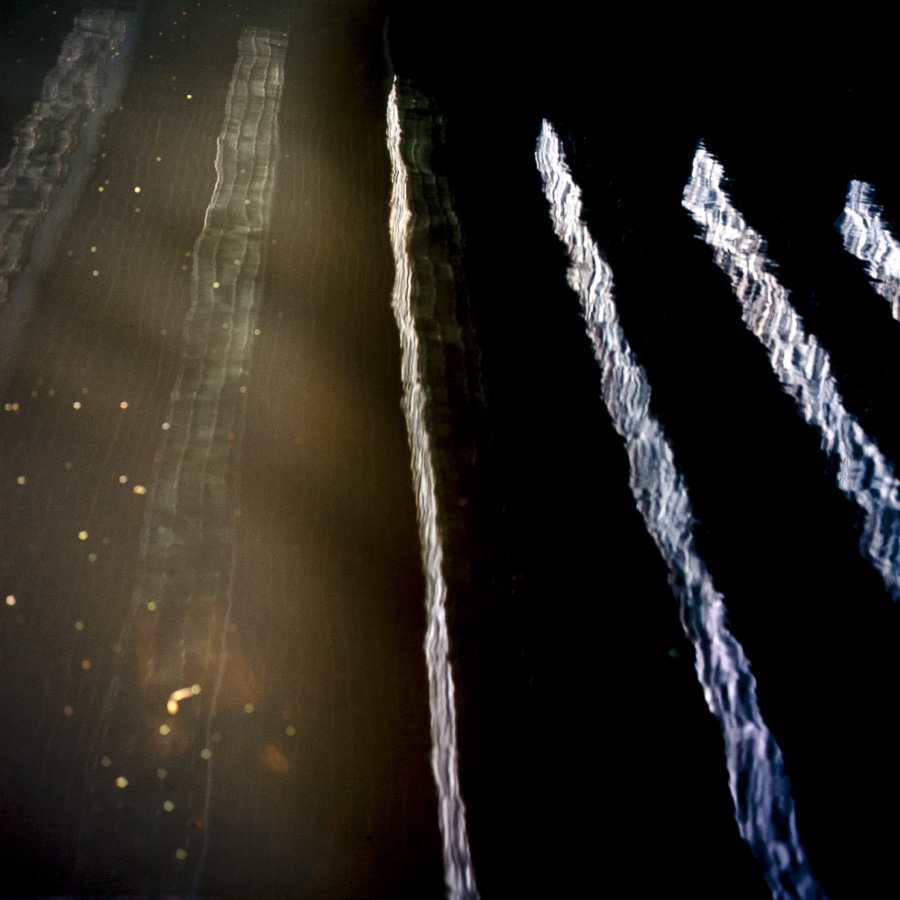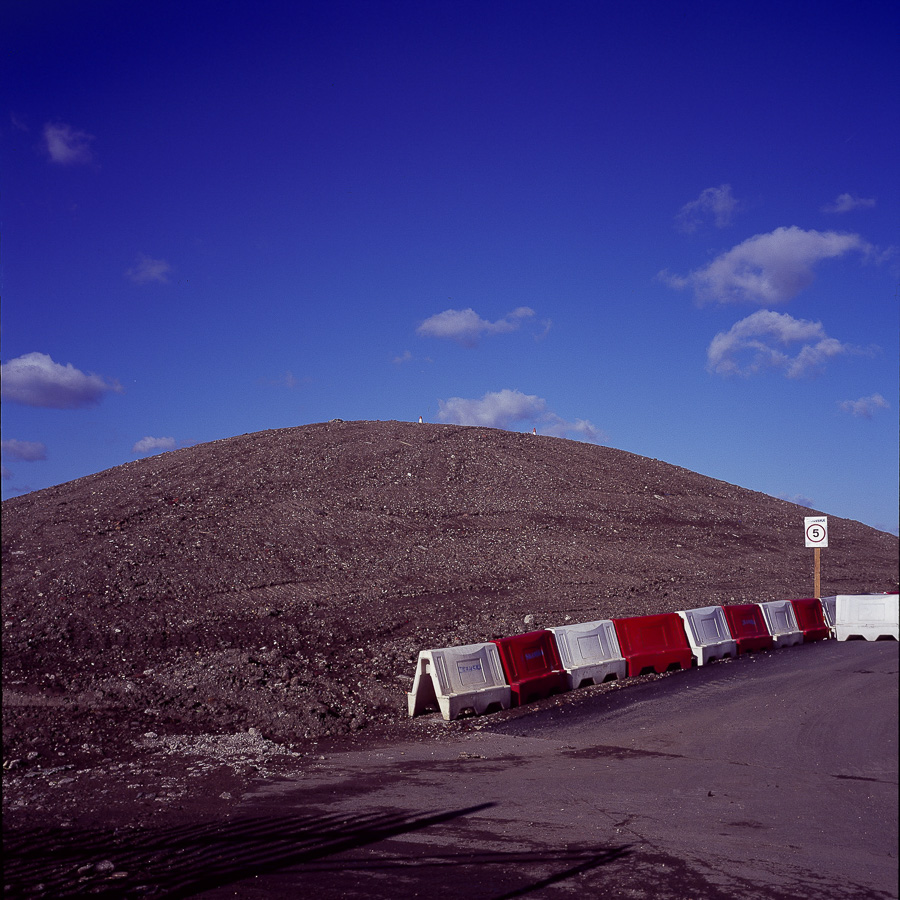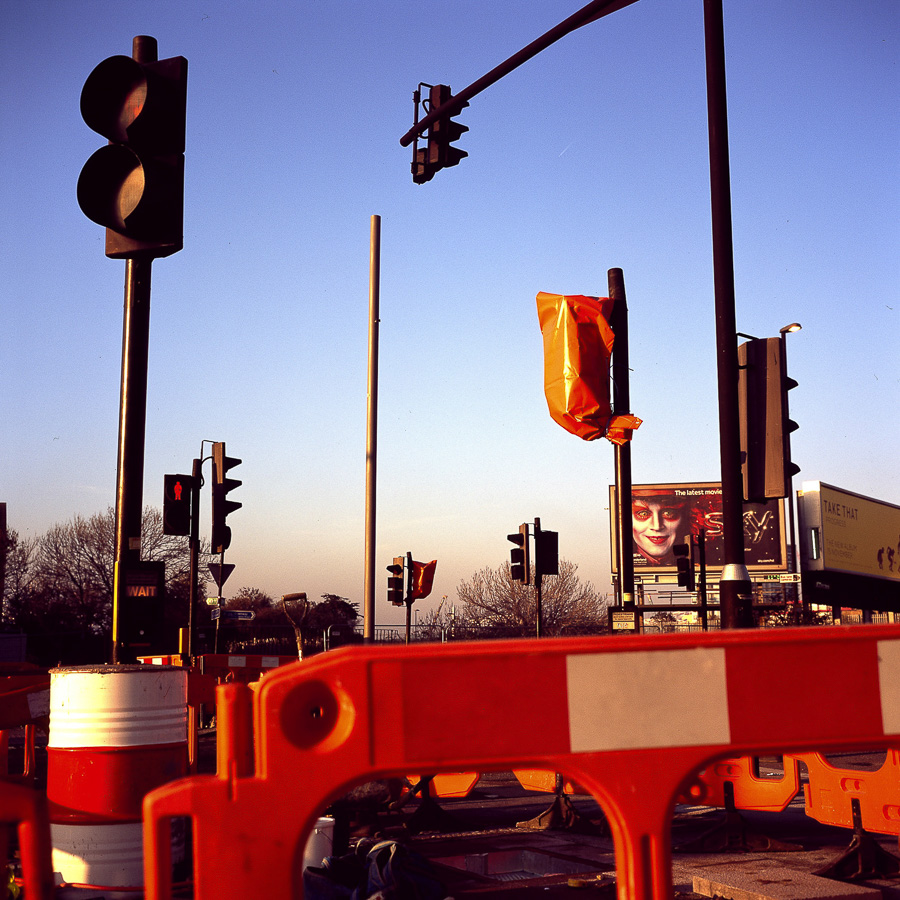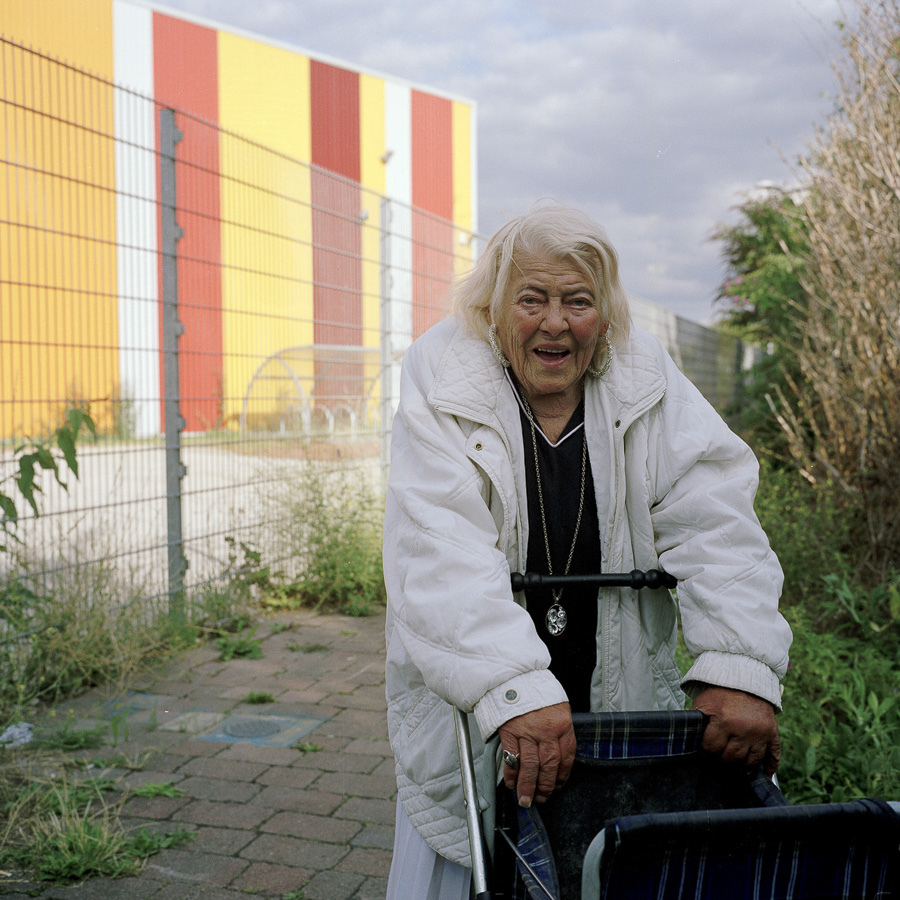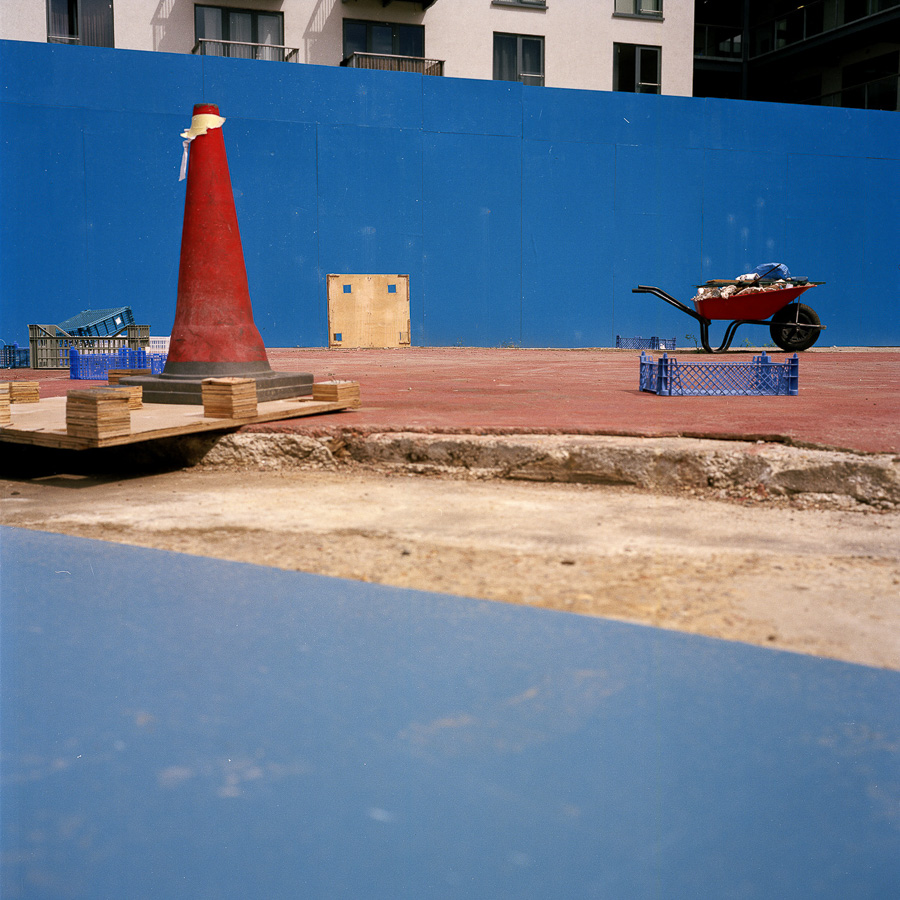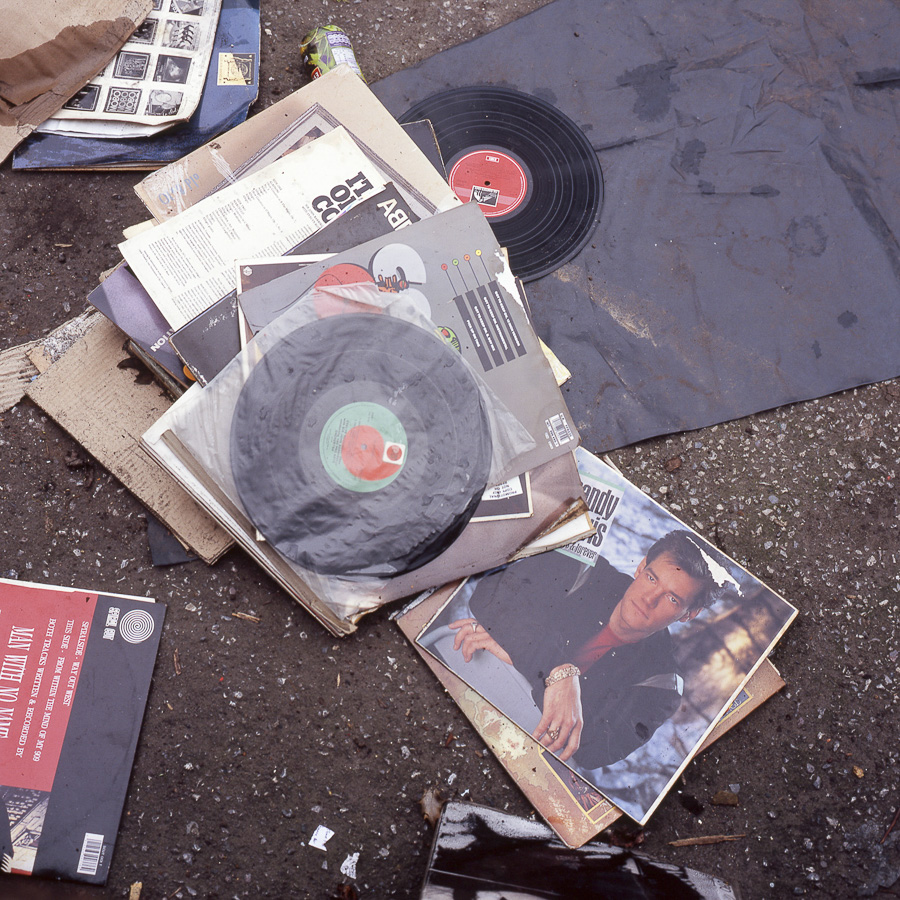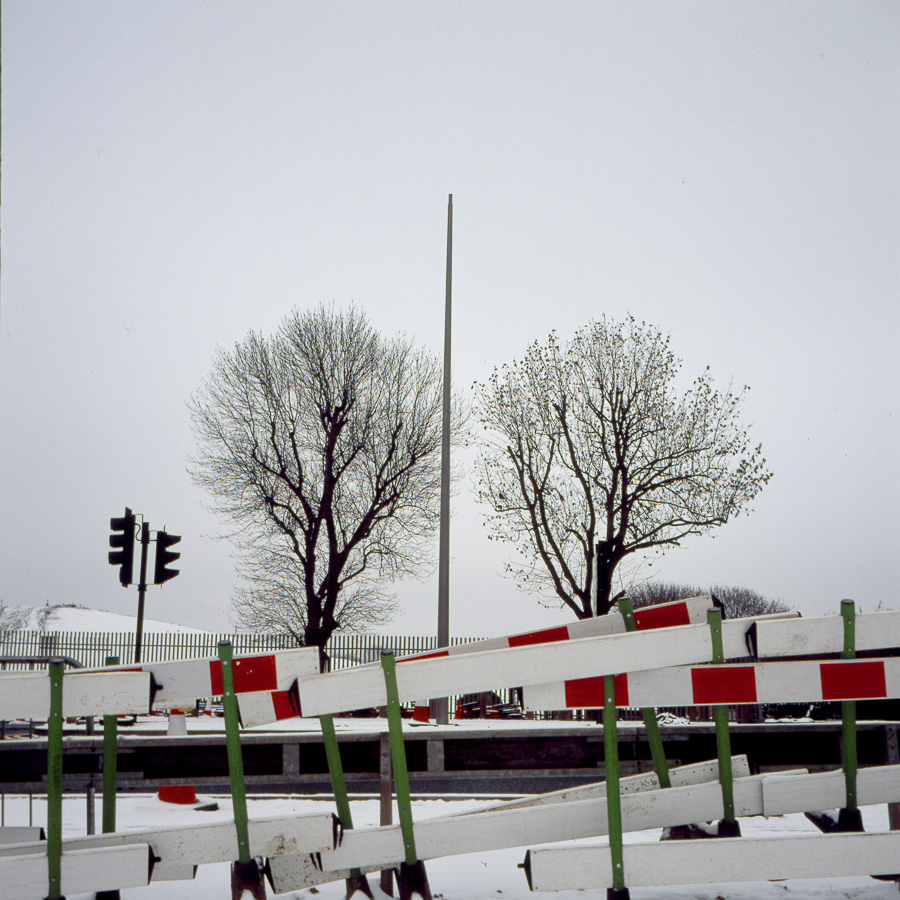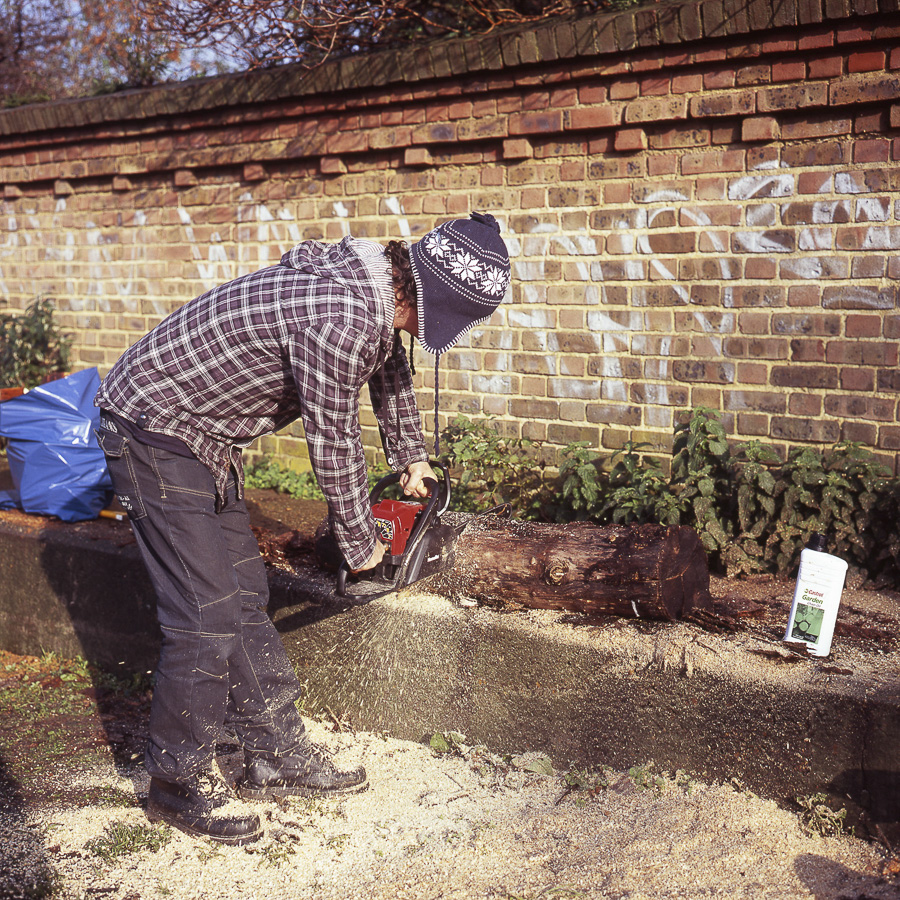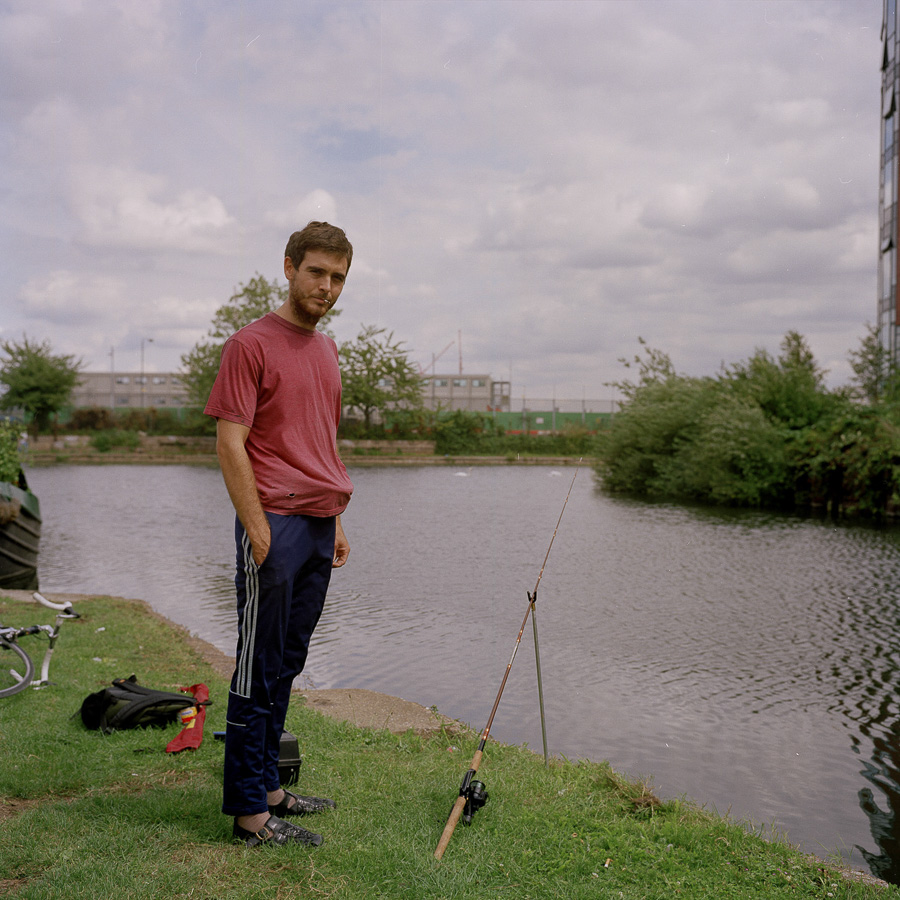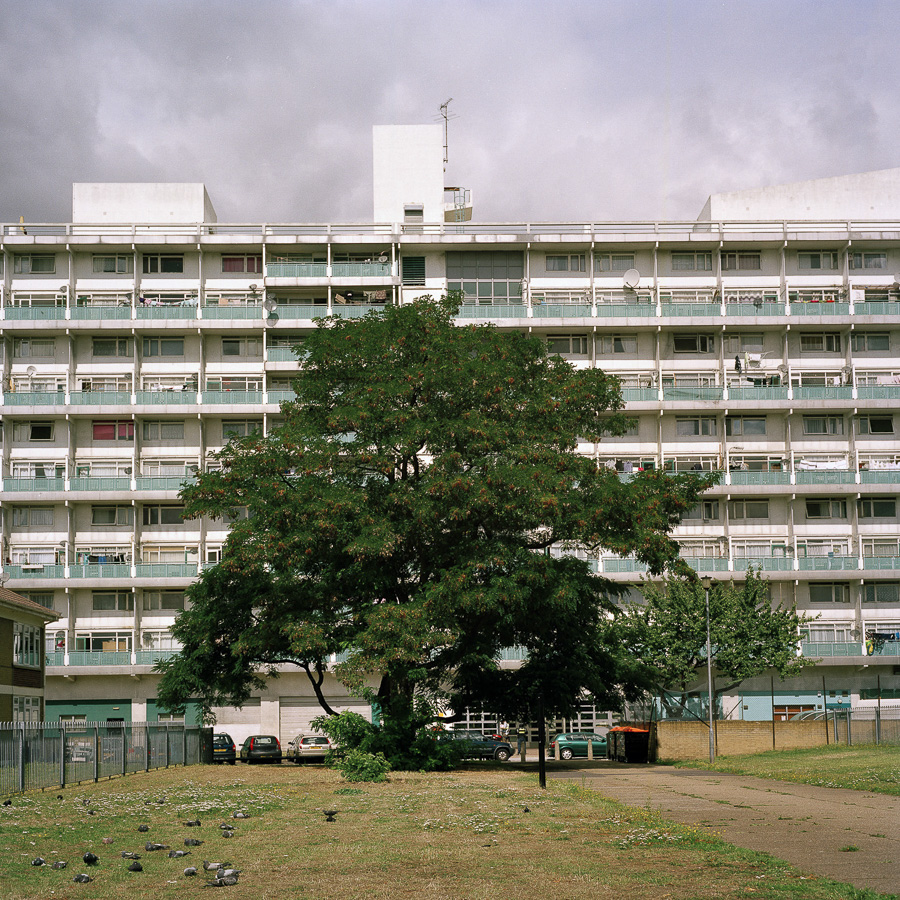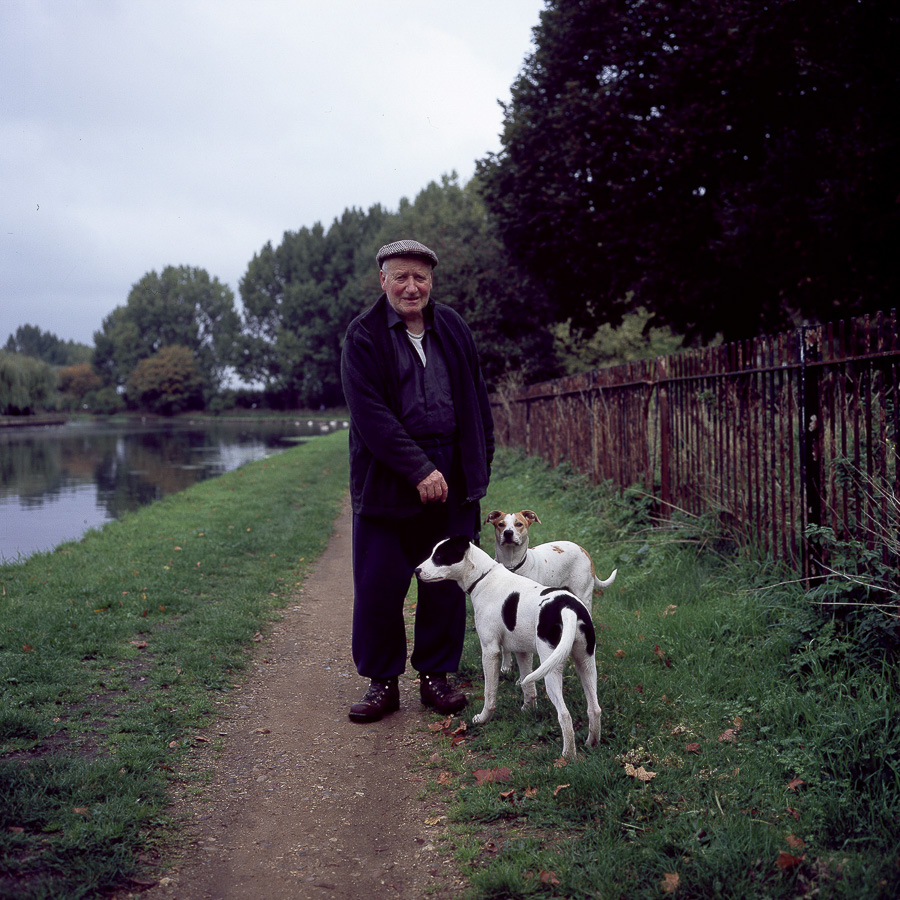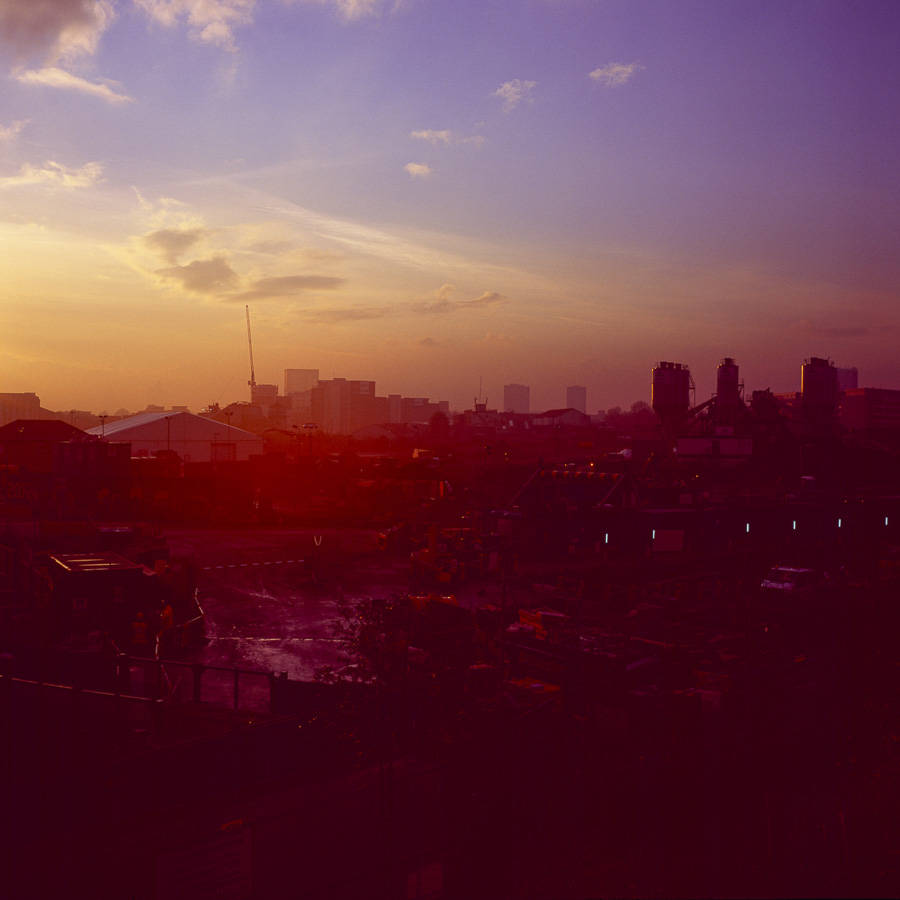(Pre)Olympic Landscapes
Commissioned by the Hackney Museum this work looks at an area in transformation. A year before the start of the 2012 Olympic Games, the museum asked me to produce images that documented the Hackney Wick area during this transitional time. A the time being a Hackney resident, it was a nice way to establish a relationship with a place I don’t belong to. I soaked the place, studied the work of some local photographers (like Berris Connolly or Chris Dorley-Brown) and read literature about Hackney (specially by writer Iain Sinclair). I realized that some of the odd and fascinating legacy of Hackney Wick was fading in front of my very eyes. Then I looked for images that could explain the transitional and ephemeral nature of that place. I also tried to capture the detached nostalgia.
The Hackney Wick area is bizarre: there is the wilderness of the Hackney Marshes, people who lives in barges and in tents, abandoned warehouses reconverted in artists studios, dog walkers, binocular bird watchers, electrified fences, blue wooden walls surrounding new developments and covered by announcements of computer generated future, men with yellow fluorescent vests patrolling. Many of these things can only be found on a changing area.
Shot in 2011.
(Pre)Olympic Landscapes
Commissioned by the Hackney Museum this work looks at an area in transformation. A year before the start of the 2012 Olympic Games, the museum asked me to produce images that documented the Hackney Wick area during this transitional time. A the time being a Hackney resident, it was a nice way to establish a relationship with a place I don’t belong to. I soaked the place, studied the work of some local photographers (like Berris Connolly or Chris Dorley-Brown) and read literature about Hackney (specially by writer Iain Sinclair). I realized that some of the odd and fascinating legacy of Hackney Wick was fading in front of my very eyes. Then I looked for images that could explain the transitional and ephemeral nature of that place. I also tried to capture the detached nostalgia.
The Hackney Wick area is bizarre: there is the wilderness of the Hackney Marshes, people who lives in barges and in tents, abandoned warehouses reconverted in artists studios, dog walkers, binocular bird watchers, electrified fences, blue wooden walls surrounding new developments and covered by announcements of computer generated future, men with yellow fluorescent vests patrolling. Many of these things can only be found on a changing area.
Shot in 2011.
(Pre)Olympic Landscapes
Commissioned by the Hackney Museum this work looks at an area in transformation. A year before the start of the 2012 Olympic Games, the museum asked me to produce images that documented the Hackney Wick area during this transitional time. A the time being a Hackney resident, it was a nice way to establish a relationship with a place I don’t belong to. I soaked the place, studied the work of some local photographers (like Berris Connolly or Chris Dorley-Brown) and read literature about Hackney (specially by writer Iain Sinclair). I realized that some of the odd and fascinating legacy of Hackney Wick was fading in front of my very eyes. Then I looked for images that could explain the transitional and ephemeral nature of that place. I also tried to capture the detached nostalgia.
The Hackney Wick area is bizarre: there is the wilderness of the Hackney Marshes, people who lives in barges and in tents, abandoned warehouses reconverted in artists studios, dog walkers, binocular bird watchers, electrified fences, blue wooden walls surrounding new developments and covered by announcements of computer generated future, men with yellow fluorescent vests patrolling. Many of these things can only be found on a changing area.
Shot in 2011.
(Pre)Olympic Landscapes
Commissioned by the Hackney Museum this work looks at an area in transformation. A year before the start of the 2012 Olympic Games, the museum asked me to produce images that documented the Hackney Wick area during this transitional time. A the time being a Hackney resident, it was a nice way to establish a relationship with a place I don’t belong to. I soaked the place, studied the work of some local photographers (like Berris Connolly or Chris Dorley-Brown) and read literature about Hackney (specially by writer Iain Sinclair). I realized that some of the odd and fascinating legacy of Hackney Wick was fading in front of my very eyes. Then I looked for images that could explain the transitional and ephemeral nature of that place. I also tried to capture the detached nostalgia.
The Hackney Wick area is bizarre: there is the wilderness of the Hackney Marshes, people who lives in barges and in tents, abandoned warehouses reconverted in artists studios, dog walkers, binocular bird watchers, electrified fences, blue wooden walls surrounding new developments and covered by announcements of computer generated future, men with yellow fluorescent vests patrolling. Many of these things can only be found on a changing area.
Shot in 2011.
More Projects
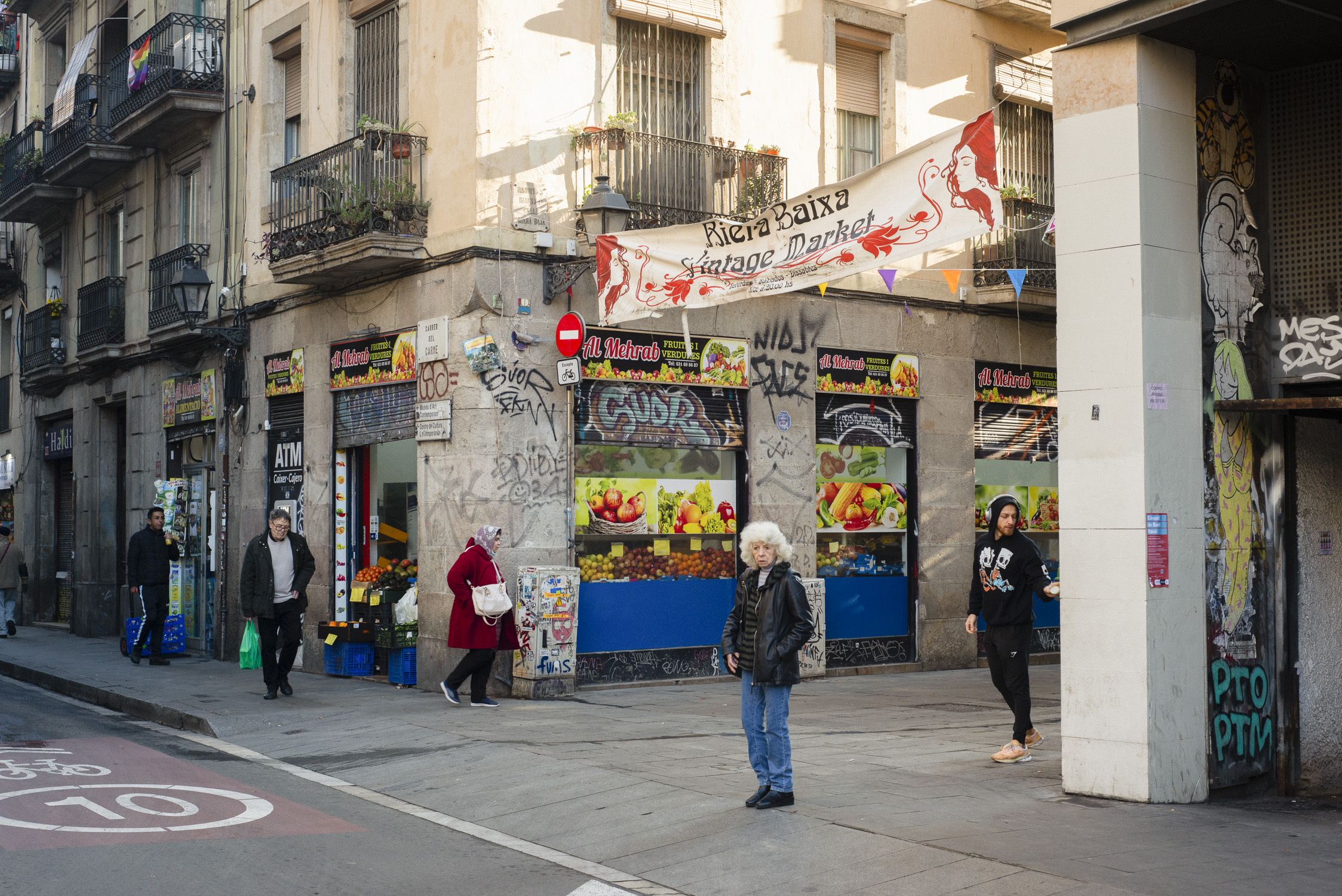
RavalOngoing from 2022

PilgrimsBarcelona (In progress since 2019)
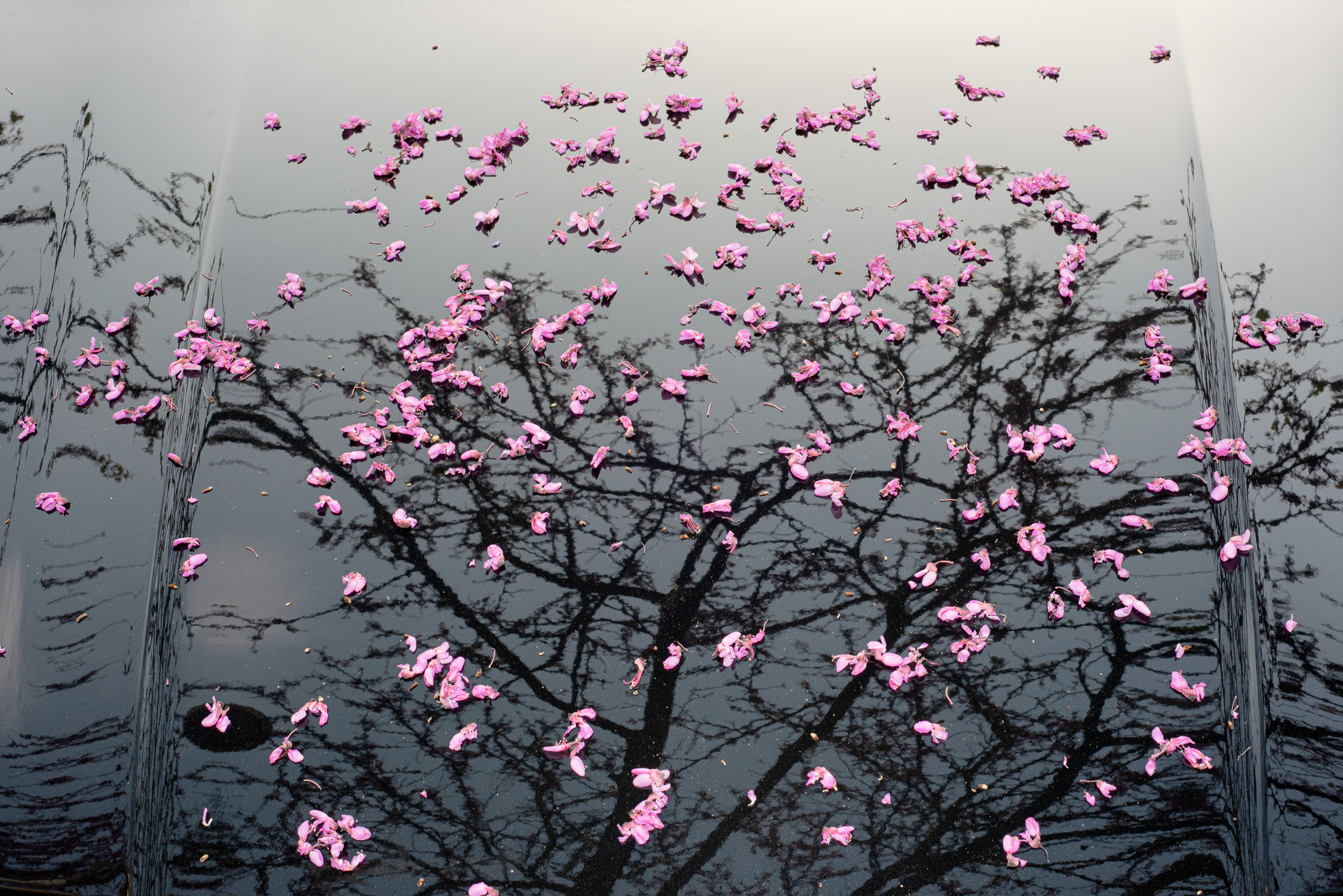
ChasisBarcelona 2021
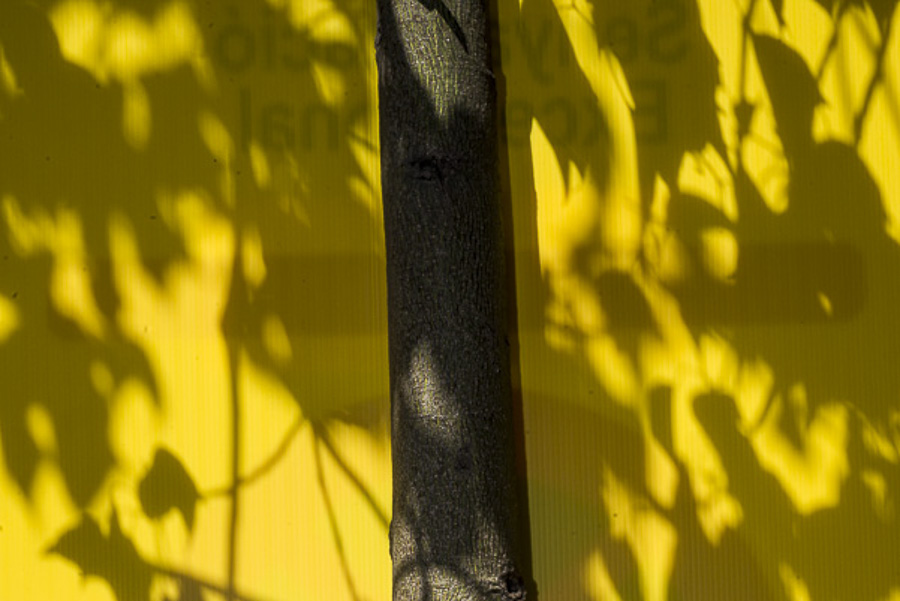
BarcelonaIn between

Barcelona IIIContorsionists

Barcelona IIOngoing street landscapes
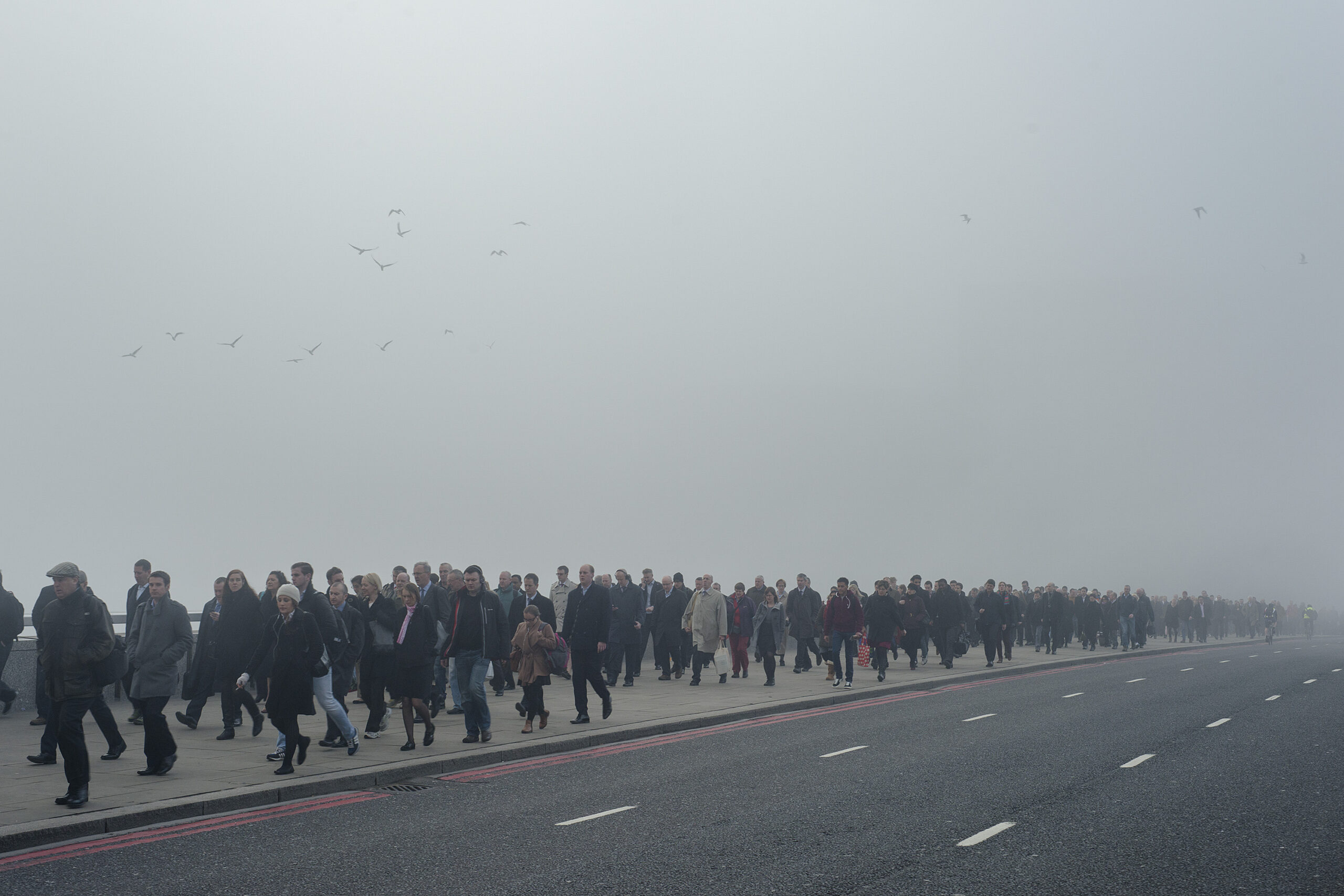
The Ring of SteelLondon 2010-2014
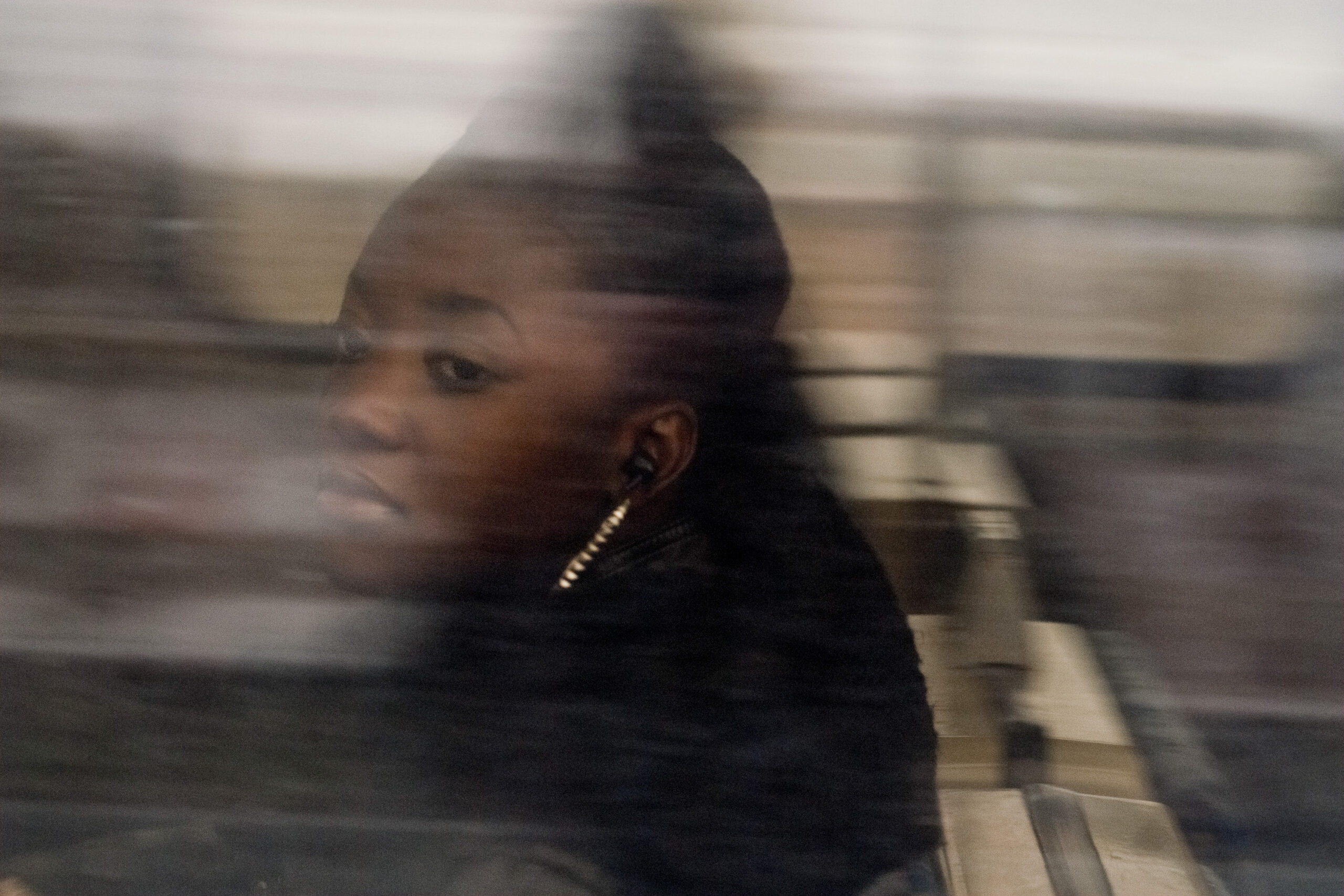
In transitLondon 2013-2014
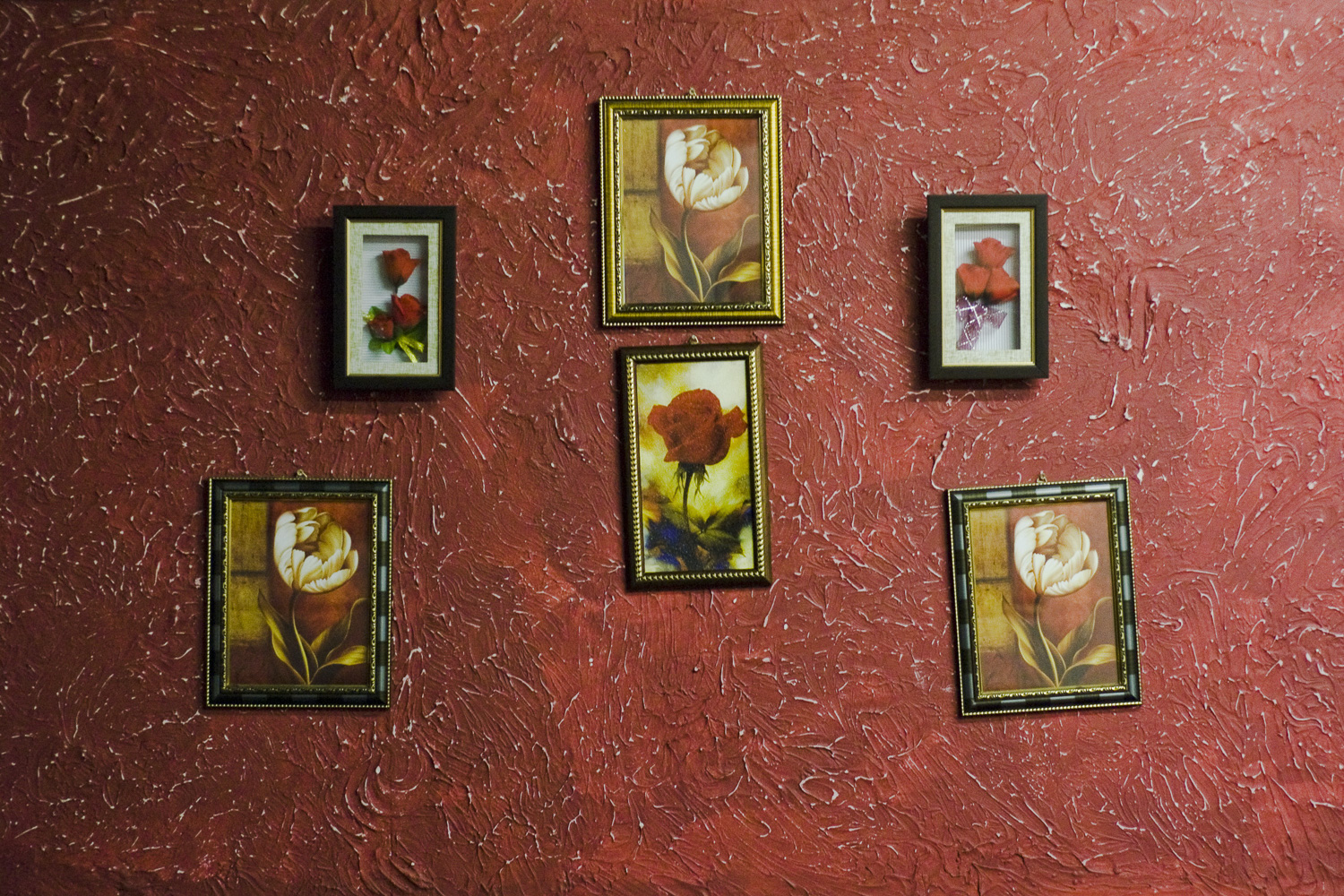
The A10 (Kingsland Road)for the Hackney Council, London

Lamb LaneLondon 2009-2010
ARNAU ORIOL PHOTOGRAPHER & VIDEOGRAPHER [email protected] +34 693036392 Instagram
ARNAU ORIOL
[email protected] +34 693036392


